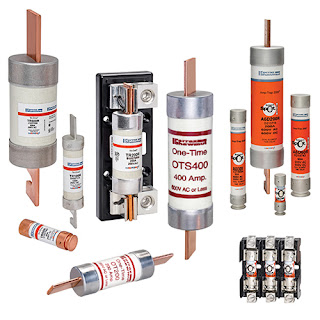Gems Sensors & Controls Introduces A New Line of High Precision Potentiometric Continuous Level Sensors
The CT-1000 provides highly accurate continuous level gauging for the filling of tanks or continuous separating layer coverage in nearly all electrically conductive liquids with resolution of +/- 1 mm independent of pressure, temperature and density. One of the biggest assets of the sensor is the extremely short measuring times in the milli-second range. The sensor is suitable for a wide-range of tanks with lengths from 8” to 19.7’ (6 meters) and is available with 4-20mA output or with Hart protocol. Built from robust stainless steel material, the CT-1000 offers versions that can handle temperature ranges up to 390°F (200°C) and pressure ranges up to 2,175 psi (150 bar).
The CT-1000 works according to the potentiometric measuring principle. By means of the micro-controlled sensor electronics, the current impulses are transmitted through the sensor electrode which is electrically insulated from the tank or external tube. This leads to a linear voltage drop on its electrical resistance. If the sensor electrode is dipped into a conductive liquid (≥1 μS/cm) an electrical connection to the environment is created.
“The CT-1000 increases the breadth of the Gems continuous level product line with a highly accurate potentiometric level sensor for electrically conductive liquids” says Kevin Castonguay, Product Marketing Manager for Gems Sensors and Controls. “The CT-1000 is a robust, durable and maintenance-free solution because the sensor does not contain any moving parts. The high resolution sensor is suited for a wide variety of OEM and end user applications such as; water and wastewater treatment, chemical and petrochemical processing, semi-conductor, boiler, marine as well as applications with liquids that are sticky, with foam or with contaminated liquids.”


Comments